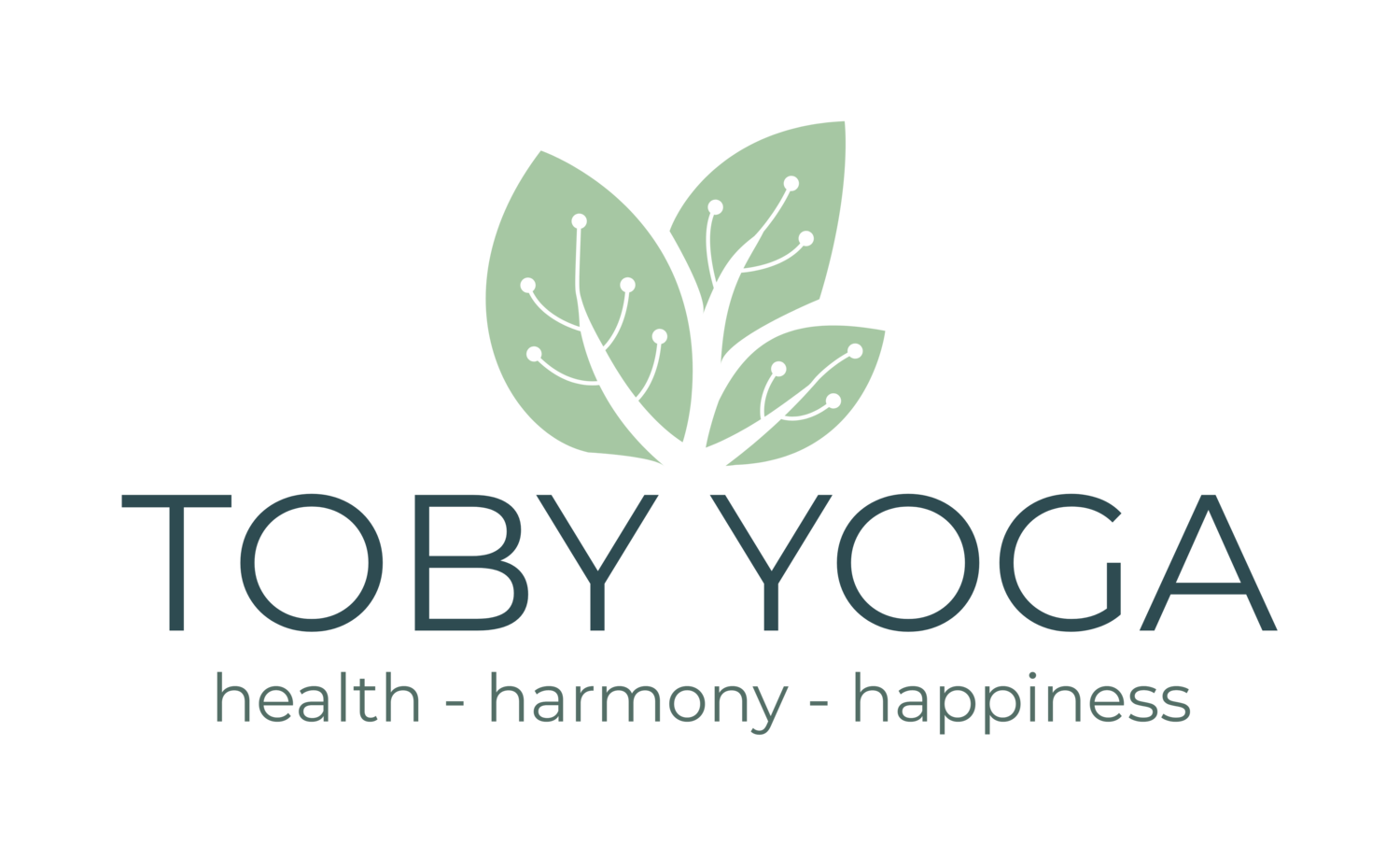What exactly are mudras? In a nutshell, a mudra is a symbolic gesture or posture. Some people also refer to them as energetic seals or locks.
More often than not, the term mudra is used to refer to a placement of the hands and, or fingers. Strictly speaking, these are hasta (or hand) mudras, because classical Hatha Yoga has 25 mudras which also include eye and body positions.
Hand Yoga
When I refer to mudra, I’m talking about hasta mudra or ‘hand yoga’ as I like to call it. Traditional yoga philosophy teaches that every part of the hand represents an associated part of the body and brain. Mudras are used to effect change physically, mentally and emotionally.
The origins of mudras are unknown but the use of the hands to express what’s on our minds or how we are feeling is universal and culturally significant. Just think of some common examples used daily with very little thought, such as giving someone the ‘thumbs up’ or ‘the finger’, the bringing together of the palms and fingers in prayer or the crossing of fingers for good luck. We clap our hands to show appreciation and slow hand clap to express distain. And, with the growing use of emojis in online conversations, these symbols have become culturally even more significant.
Sensitive
Different mudras have different physical or emotional qualities associated with them. For example, the jnana and chin mudras - where the tips of the thumb and first finger touch, and the remaining three fingers are extended - are gestures of consciousness and knowledge. The circle created by the thumb and forefinger is said to represent the goal of yoga, the unity of the individual with the universal. These mudras are frequently used when meditating. The benefits are reputed to be clarity of mind, reduces mental tension, enhanced memory and increased concentration.
The hands and fingers are the most sensitive parts of the human body, in terms of the number of sense receptors they contain. Neuroscience shows that we influence our brain, when we bend, stretch, cross, extend, or touch the fingers. So, whilst we may not know the specific results, we do know that mudras have an impact on the brain.
Additional awareness
I love working with mudras and find they help to deepen and refine my yoga practice. Bringing additional awareness and adding benefits to both asana and meditation.
If nothing else, they give a good stretch to the muscles, joints, ligaments and tendons in our hands and fingers, helping to keep them strong, flexible and supple.
They also enable you to practice yoga when, for whatever reason, you’re not able to move the whole body. This might be due to illness, injury or location.
Handy Hints!
Here are some handy hints – excuse the pun! - for working with (hasta) mudras:
Keep the hands relaxed – don’t strain or force the posture
Keep the finger pressure light and fine
Sometimes you may need to use one hand to help arrange, or hold in place, the fingers of the other hand
You can also use gentle pressure against the thigh or another part of the body to help, gently curl or straighten the fingers
Although the focus is on the placement of the hands and fingers, it’s important to keep alignment throughout the body
Focus on the breath as you hold the mudra and try adding in visualisations and/or affirmations to enhance and deepen the experience.


